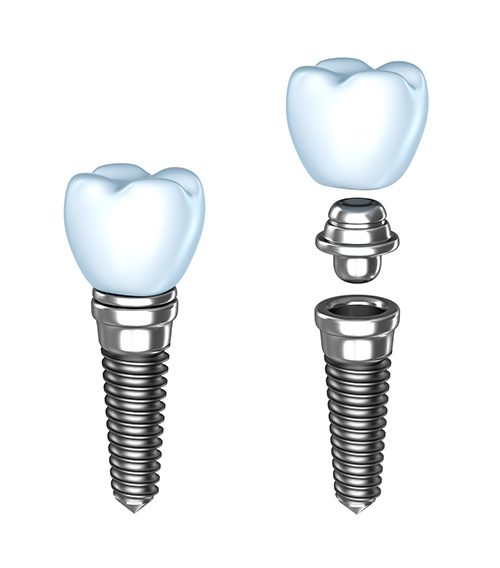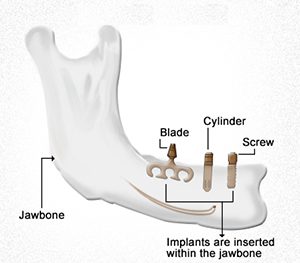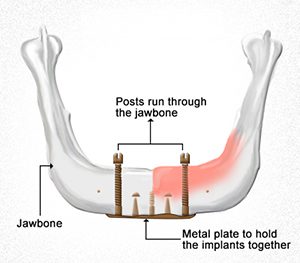Dental Implants Types Explained
You probably have many questions if you are looking for a dentist who can provide quality, affordable dental implants. For example, you might wonder how much it will cost, what an implant is, what types are available, and how getting a dental implant works.
The Implantology field is extensive and complicated. Procedures and new materials continue to evolve, and it would be great if you could understand some basic concepts to make the best decision for your dental needs. We feel it’s important to understand some basic things about your options, for example, the various types of material used, what the procedure involves (how invasive it is), and the pros/cons of different implant types, so if you have a consult with your dentist, you have some basic understanding of implants.
Here are some basic things to know before you get dental implants
Explained: A dental implant is an artificial root drilled into your gums. An artificial tooth is then attached to the implant using an abutment.

Basic parts of an implant
There are three common types of dental implants:
- An endosteal implant is a dental implant put in your jawbone as an artificial root to hold a replacement tooth.
- A Subperiosteal implant is a design whereby a metal implant framework sits directly on top of the bone, underlying the periosteum, and provides attachment posts extending through the gingival tissue for prosthesis anchorage.
- A Transosteal implant (also referred to as a mandibular staple) is used to support a mandibular denture when the patient has severe resorption and lacks enough bone support for endosseous or Subperiosteal implants.

Endosteal Implants
Endosteal Implants: In this procedure, the tooth roots are replaced by implant screws, cylinders, or blades, usually made of titanium or ceramic material. The implant is surgically drilled into the jawbone, which helps to hold the artificial teeth in place. This type of implant lies entirely inside the jawbone, well below the gums.

Transosteal Implants: This implant is only suitable for the lower jawbone and is not recommended as the surgical procedure is complicated. Placing Transosteal implants involves attaching a metal plate at the bottom of the jawbone, with screws running through the jawbone, and the posts are embedded within the gum tissue.

Subperiosteal Implants: A metal framework is firmly secured on the jawbone with the Subperiosteal Implants, but the framework is located below the gum line. Metal posts are placed and appear to be projecting outwards above the gum line through the metal frame. The procedure is time-consuming, has a minimal success rate, and can result in post-surgical scars.
Other Considerations for Dental Implant Types
Getting dental implants is a significant investment of money and time. If you have a preexisting medical condition (like diabetes or cancer), you’re a smoker; this will impede the healing process on your implant and increase the chances of failure.
In Mexico, you can find much more affordable dental implants, but buyer beware: “Be sure when you’re price comparing, you’re comparing apples to apples. For example, when a patient gets an implant in our dental clinics, the price is around $2,000.00. It includes the surgical placement of a premium implant (Straumann, Nobel BioCare™, Biohorizons or Zimmer), abutment, healing cap, permanent porcelain fused to metal (PFM) crown, and follow-up appointments.
If you have questions or need additional information, please Contact Us or Request a Quote to send us your dental inquiry, and we’ll get back to you.










